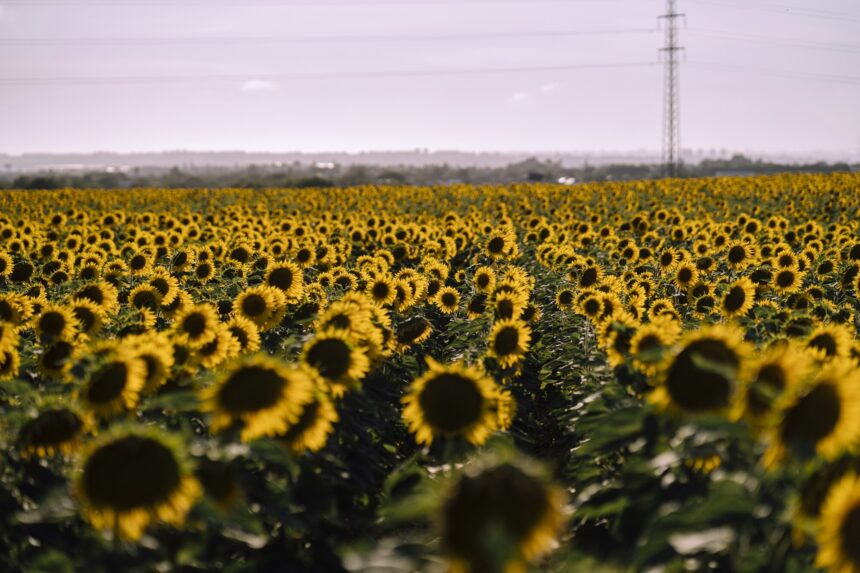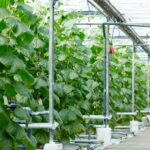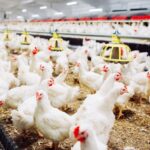Sunflower farming has become an increasingly profitable venture in South Africa, thanks to the crop’s versatility, growing demand for sunflower oil, and adaptability to local climates. If you’re considering starting a small-scale sunflower farm, this guide will walk you through the essential steps to set up and manage a successful operation.
1. Understand the Market and Choose Your Niche
Before planting, research the local market demand for sunflower products such as oil, seeds, and animal feed. Decide whether you want to focus on oilseed production, birdseed, or ornamental sunflower farming. Knowing your target market will guide your farming decisions and marketing strategies.
2. Select Suitable Land
Sunflowers grow best in well-drained soils with good fertility and a pH range of 6.0 to 7.5. In South Africa, areas like the Free State, North West, and parts of Mpumalanga are ideal due to their favorable climate and soil conditions. Ensure the land receives full sun exposure, as sunflowers require ample sunlight for optimal growth.
3. Prepare the Soil
Test the soil to determine nutrient levels and pH balance. Based on results, apply appropriate fertilizers and lime to correct deficiencies and optimize soil health. Prepare the land by plowing and harrowing to create a fine seedbed for planting.
4. Choose the Right Sunflower Variety
Select sunflower varieties that are suited for your region and farming goals. Some varieties are bred for oil production, while others are better for seed yield or drought resistance. Consult with local agricultural extension offices or seed suppliers to find the best option.
5. Planting
Sunflower seeds are typically planted from late spring to early summer. In South Africa, optimal planting time is usually from September to November. Sow seeds at a depth of 3 to 5 cm, with spacing of about 30 cm between plants and 70 cm between rows to allow adequate growth and airflow.
6. Watering and Fertilizing
Sunflowers are relatively drought-tolerant but require regular watering during germination and flowering for best yields. Use drip irrigation or other efficient watering methods to conserve water. Apply nitrogen and phosphorus fertilizers according to the crop’s growth stages to encourage healthy development.
7. Pest and Disease Management
Common sunflower pests include aphids, caterpillars, and cutworms. Diseases such as downy mildew and rust can also affect crops. Monitor your farm regularly and apply appropriate biological or chemical controls as needed. Crop rotation and good field hygiene help reduce disease risks.
8. Harvesting
Sunflowers are ready to harvest when the back of the flower heads turn yellow and seeds become hard. Harvesting typically occurs about 90 to 120 days after planting. Use manual methods for small farms or mechanical harvesters for larger plots. Dry the seeds properly to prevent mold and maintain quality.
9. Marketing Your Produce
Develop relationships with local oil mills, birdseed suppliers, or direct consumers. Packaging and branding your sunflower products can add value and increase profits. Consider participating in farmers’ markets or partnering with agricultural cooperatives to expand your reach.
10. Keep Learning and Networking
Stay updated with agricultural best practices through workshops, extension services, and farming associations. Networking with other sunflower farmers can provide valuable insights and opportunities.
Starting a small-scale sunflower farm in South Africa can be rewarding with the right planning, management, and market understanding. By following these steps, you’ll be well on your way to growing a successful sunflower business that contributes to both your livelihood and the local economy.
Join 'Farmers Mag' WhatsApp Channel
Get the latest Farming news and tips delivered straight to your WhatsApp
CLICK HERE TO JOIN






